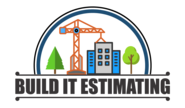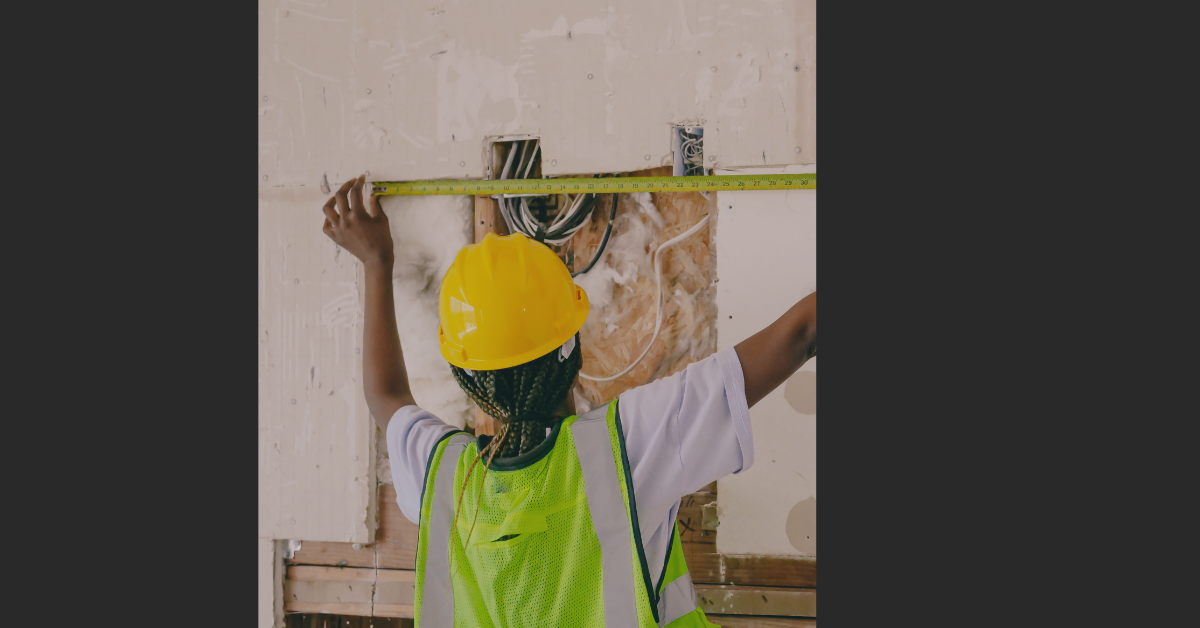In the complex world of construction, one of the most critical tasks is accurately estimating the costs involved in building projects. A building cost estimator is an indispensable tool that helps architects, contractors, and project managers predict the financial requirements for a construction project, ensuring that budgets are adhered to, and financial surprises are minimized.
Importance of Accurate Cost Estimation
Accurate cost estimation is crucial for several reasons. Firstly, it helps in securing funding and financing for the project. Investors and financial institutions require detailed cost projections to assess the viability of a project. Secondly, it aids in effective budgeting and financial planning, ensuring that resources are allocated efficiently. Lastly, precise cost estimation minimizes the risk of cost overruns, which can lead to project delays and financial losses.
Key Components of a Building Cost Estimator
A comprehensive building cost estimator encompasses several key components. These include direct costs, such as materials and labor, and indirect costs, such as permits and overheads. Additionally, it factors in contingencies to cover unexpected expenses and price fluctuations. An advanced estimator also integrates features like historical cost data, regional cost indices, and detailed project specifications to enhance accuracy.
Understanding Building Costs
Types of Building Costs
Building costs can be broadly categorized into several types. Direct costs are those that are directly attributed to the construction process, such as materials, labor, and equipment. Indirect costs, on the other hand, are not directly linked to construction activities but are necessary for project completion. These include administrative expenses, insurance, and utility costs.
Fixed vs Variable Costs
Costs can also be classified as fixed or variable. Fixed costs remain constant regardless of the project scale, such as rent for construction offices. Variable costs fluctuate based on the project size and complexity, including labor and material costs that increase with larger projects.
Direct and Indirect Costs
Understanding the distinction between direct and indirect costs is essential for accurate estimation. Direct costs include tangible items like concrete, steel, and wages. Indirect costs encompass support activities necessary for the project, such as site security and temporary facilities.
Factors Influencing Building Costs
Geographic Location
The geographic location of a project significantly impacts building costs. Construction in urban areas typically incurs higher expenses due to land prices and regulatory requirements. Conversely, rural locations might have lower land costs but higher transportation expenses for materials and labor.
Material Costs
Material costs are a major component of building expenses. These costs vary based on market conditions, availability, and quality of materials. For instance, the price of steel and concrete can fluctuate widely due to market demand and supply chain disruptions.
Labor Costs
Labor costs depend on the local labor market and the skill level required for the project. Skilled labor in high-demand areas commands higher wages, impacting the overall project budget. Additionally, labor laws and union regulations can affect labor costs.
Project Complexity
The complexity of the project plays a critical role in cost estimation. Simple structures with standardized designs are cheaper to build compared to complex, custom-designed buildings that require specialized materials and craftsmanship.
Regulatory and Compliance Costs
Compliance with local building codes and regulations can add to the overall cost of a project. These costs include permits, inspections, and fees for adhering to environmental and safety standards.
Tools and Software for Cost Estimation
Popular Cost Estimation Tools
There are numerous tools and software available for building cost estimation. Some of the popular ones include RSMeans Data, PlanSwift, and Buildertrend. These tools provide detailed cost databases, project management features, and integration capabilities with other construction software.
Features to Look for in Estimation Software
When choosing cost estimation software, it’s important to look for features such as user-friendly interfaces, comprehensive cost databases, real-time data updates, and customization options. Advanced features like 3D modeling and integration with BIM (Building Information Modeling) can enhance the accuracy and efficiency of cost estimation.
Comparing Free vs Paid Tools
Free estimation tools offer basic functionalities and are suitable for small projects or preliminary estimates. Paid tools, however, provide advanced features, extensive databases, and support services, making them ideal for large-scale projects and professional use.
Steps to Create an Accurate Cost Estimate
Initial Planning and Research
The first step in creating an accurate cost estimate is thorough planning and research. This involves understanding the project scope, specifications, and requirements. Detailed site surveys and feasibility studies help in gathering essential information for estimation.
Breaking Down Project Phases
Breaking down the project into manageable phases aids in precise cost estimation. Each phase, from site preparation to finishing, should be evaluated separately to account for specific costs associated with different stages of construction.
Gathering Detailed Information
Accurate estimation requires detailed information about every aspect of the project. This includes material specifications, labor requirements, and equipment needs. Collaborating with suppliers and subcontractors to get precise quotes can improve the accuracy of estimates.
Utilizing Historical Data
Historical data from previous projects can provide valuable insights for cost estimation. Analyzing past projects of similar scale and complexity helps in predicting costs and identifying potential areas of savings or cost overruns.
Common Mistakes in Cost Estimation
Overlooking Indirect Costs
A common mistake in cost estimation is overlooking indirect costs. These costs, such as administrative expenses and contingency funds, are crucial for comprehensive budgeting and can lead to financial shortfalls if not accounted for.
Inaccurate Measurements
Inaccurate measurements of materials and labor can result in significant cost discrepancies. Ensuring precise measurements and quantities through detailed planning and verification processes is essential for accurate estimation.
Not Accounting for Market Fluctuations
Failing to consider market fluctuations in material and labor costs can lead to budget overruns. Including a buffer for price variations and regularly updating cost data helps in maintaining realistic estimates.
Improving Accuracy in Cost Estimation
Regularly Updating Cost Data
To improve the accuracy of cost estimation, it is vital to regularly update cost data. Market conditions, material prices, and labor rates change frequently, and keeping cost data current ensures that estimates remain relevant and precise.
Consulting with Experts
Consulting with industry experts and experienced professionals can provide valuable insights and enhance the accuracy of cost estimates. Their knowledge of market trends, material properties, and construction techniques can help in refining cost projections.
Incorporating Contingency Plans
Including contingency plans in cost estimates helps in managing unexpected expenses and mitigating risks. A contingency budget of 10-15% of the total project cost is generally recommended to cover unforeseen costs and changes in project scope.
Case Studies and Real-World Examples
Successful Cost Estimation Projects
Examining successful cost estimation projects provides practical insights into effective estimation practices. Projects that stayed within budget and timeline constraints offer lessons on accurate planning, efficient resource management, and proactive risk mitigation.
Lessons Learned from Estimation Failures
Analyzing estimation failures helps in identifying common pitfalls and areas for improvement. These case studies highlight the importance of detailed planning, regular updates, and comprehensive cost consideration in avoiding budget overruns and project delays.
Future Trends in Cost Estimation
Integration of AI and Machine Learning
The integration of AI and machine learning in cost estimation is a growing trend. These technologies enhance accuracy by analyzing large datasets, identifying patterns, and predicting costs with greater precision. AI-driven tools can automate data collection, reduce manual errors, and provide real-time cost updates.
Impact of Sustainable Practices
Sustainable construction practices are increasingly influencing cost estimation. Incorporating eco-friendly materials, energy-efficient designs, and green building certifications can affect project costs. Estimators need to account for these factors to provide accurate and comprehensive cost projections.
Conclusion
Building cost estimators are essential tools in the construction industry, enabling accurate financial planning and project management. By understanding the various components and factors influencing building costs, utilizing advanced tools and software, and continuously updating cost data, professionals can create precise and reliable cost estimates. Embracing future trends such as AI integration and sustainable practices will further enhance the accuracy and efficiency of cost estimation processes, ensuring successful and financially sound construction projects.

